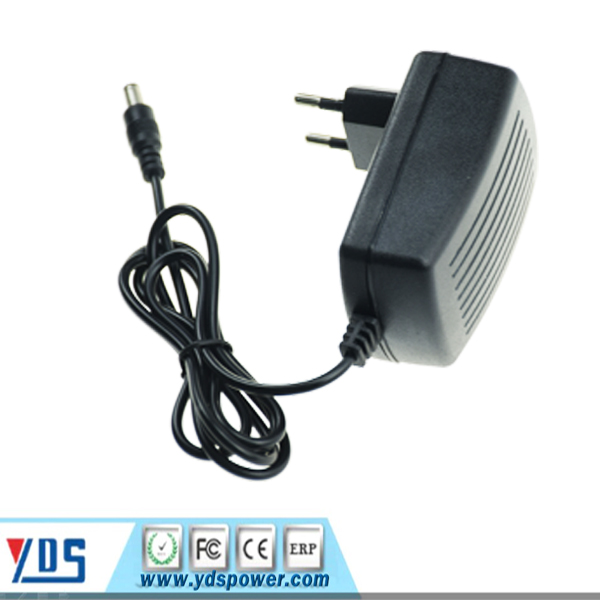A few days ago, it was reported that the research institute of the University of California, Santa Barbara, said they found the root cause of the inefficiency of LED technology in general lighting. This discovery will help engineers develop a new generation of high-performance, high-performance lighting solutions that replace existing incandescent and fluorescent lights. Vigorously promote the popularity of LED lighting.
Another report mentioned that researchers at Rensselaer Polytechnic Institute have invented a manufacturing method that can greatly increase the amount of green LED light: nanoscale etching at the junction of the sapphire substrate and the gallium nitride layer of the LED to produce LEDs. Green light is greatly improved in terms of light extraction, internal efficiency and amount of luminescence.
As we all know, computer monitors and TVs display colors in red, blue and green, which is what we usually call RGB three primary colors; and there are data that red and blue LEDs have achieved high quality and low cost production targets. Therefore, green LED production technology is a breakthrough that the industry has been seeking. The technology is based on the cheapest sapphire substrate and will improve the light output of red and blue LEDs, which will drive LEDs toward high performance and low cost. The research team leader Christian Wetzel also said that the difficulty of producing green LEDs is beyond the expectations of academia and industry.
The editor of OFweek semi-conductor lighting network discusses and interprets the hotspots of market technology, analyzes the causes of LED light decay, and the related factors that affect the LED light decay, and seeks its solutions to readers!
The report said: Professor VandeWalle and his colleagues are improving the performance of high-performance, non-toxic and long-life nitride-based LEDs. They delved into the phenomenon of LED light decay under long-term high-power driving. The cause of this phenomenon has sparked a lot of controversy, but researchers at the University of California, Santa Barbara, said they used quantum mechanical calculations to find the mechanism for the formation of this phenomenon.
The OFweek semi-conductive lighting network noted that their conclusion is that LED light decay (LED droop) is caused by Auger recombination. Auger recombination is a phenomenon that occurs in a semiconductor where three charged particles react with each other but do not emit photons. The researchers also found that the indirect Auger effect involving the scattering mechanism is very significant. This finding is explained by the fact that in the previous theoretical studies, the direct Auger process was used to predict the inconsistency between LED light decay and actual measurement results.
In nitride-based LEDs, these indirect processes form the main Auger recombination. Researchers believe that because the Auger effect is an internal mechanism, LED light decay cannot be eliminated, but it can be minimized. Carrier density can be reduced by using a wider quantum well and growing the device in a non-polarized or semi-polarized direction.
The editor of OFweek semi-conductor lighting network believes that since the Auger effect is an internal mechanism, LED light decay cannot be eliminated. Then we will spend some ink to explore the cause of LED light decay, so as to fundamentally clear the way of thinking and reduce LED light decay. .
LED light decay
At present, the light fade of white LEDs on the market may be one of the top issues for civilian lighting. There are two main factors for the light decay of LEDs:
First, the quality of LED products themselves:
1. The LED chip used is not good, and the brightness is attenuated faster.
2, the production process is defective, LED chip heat can not be well exported from the PIN pin, resulting in high temperature of the LED chip to make the chip attenuation.
Second, the use of conditions:
1. The LED is driven by a constant current, and some of the LEDs are driven by voltage to cause the LED to be attenuated.
2. The drive current is greater than the rated drive condition.
For 24 Wall Charger with different plugs for choose, the input voltage 100V~240V 50/60Hz suits for worldwide use. which are popularly used for HD player, DVD, LCD TV, surveillance camera, LED display, LED light, USB hub etc.
24V Wall Mount Adapter has common 24V 500MA, 24V 1A, 24V 2A etc, the dc plug size has 5.5*2.5mm, 5.5*2.1mm and so on,
Yidashun's wall charger has intelligent protection system, to support over-current, over-voltage , short-circuit, overcharge protection etc, and Yidashun's wall mount Power Adapter has smart IC solution, high efficiency, energy saving and small ripple etc advantages.


24V Wall Charger,Tablet Charger,24V Wall Battery Charger,24V Wall Power Charger
Shenzhen Yidashun Technology Co., Ltd. , https://www.ydsadapter.com